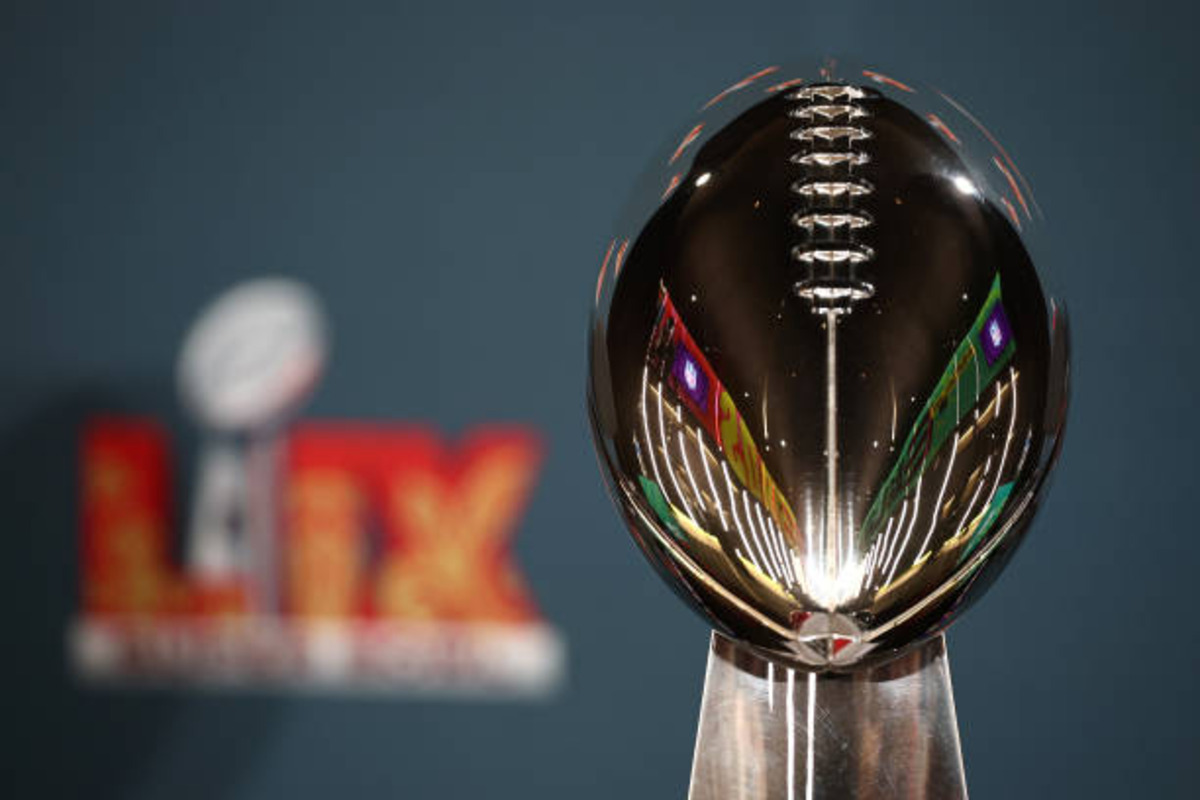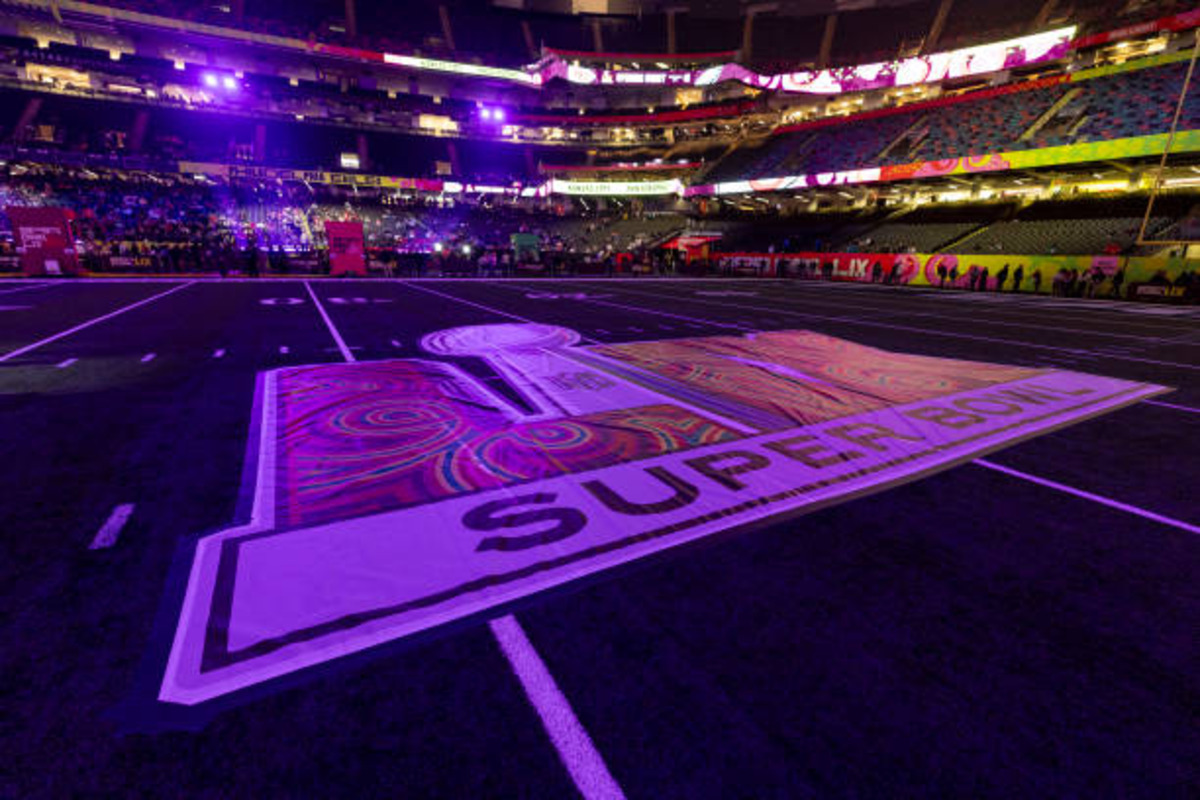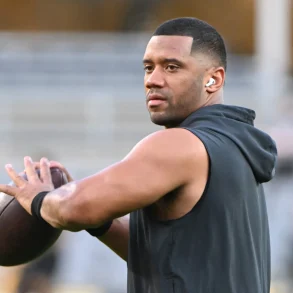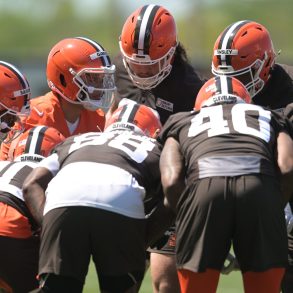In the fast-paced world of professional football, every second counts, and every decision can change the course of a game. The NFL has long been scrutinized for controversial calls that have impacted crucial matchups.
As technology evolves, so does the potential for improving officiating accuracy. The NFL’s potential adoption of advanced officiating technology could revolutionize how the game is played, viewed, and judged.
The Need for Technological Advancement
Officiating in the NFL is an incredibly challenging job. Referees must make split-second decisions while tracking multiple players moving at high speeds.
Despite extensive training and experience, human error is inevitable. High-profile officiating mistakes, such as missed pass interference calls or questionable roughing-the-passer penalties, have sparked heated debates among fans, players, and analysts.
The increasing availability of sophisticated technology presents an opportunity to reduce errors and enhance the game’s fairness.

The use of instant replay has already shown the benefits of technology in reviewing plays. However, there’s potential for much more.
Emerging Technologies in Officiating
- Real-Time Tracking Systems: Technologies like RFID chips embedded in players’ equipment and the football itself can provide precise data on positioning, movement, and speed. This data could assist officials in determining whether a player was inbounds, crossed the goal line, or achieved a first down without relying solely on visual judgment.
- AI-Powered Video Analysis: Artificial intelligence can analyze video footage in real-time, identifying infractions such as offside positions, holding, or illegal formations. This system can serve as an additional layer of review, flagging potential issues for officials to verify.
- Enhanced Instant Replay: Current replay systems could be upgraded with high-definition, multi-angle cameras and 3D reconstruction technology, offering officials unparalleled clarity when reviewing plays. Faster processing speeds would ensure minimal disruption to the game.
- Automated First-Down Measurements: Laser and sensor technology can provide accurate first-down measurements, eliminating the need for traditional chains and human estimation.
Potential Benefits
- Increased Accuracy: Advanced technology can significantly reduce the margin of error in officiating decisions.
- Enhanced Fairness: Consistent and unbiased calls would improve the integrity of the game.
- Faster Reviews: Streamlined processes could decrease the time taken for reviews, maintaining the game’s pace.
- Fan Engagement: Transparency in officiating decisions, supported by clear technological evidence, can enhance fan trust and engagement.
Challenges and Considerations
Despite the clear benefits, several challenges accompany the adoption of advanced officiating technology:
- Cost: Implementing cutting-edge technology across all NFL venues would require substantial investment.
- Game Flow Disruption: Balancing technological reviews with the natural flow of the game is critical to maintaining excitement and momentum.
- Resistance to Change: Traditionalists may argue that the human element is integral to the sport’s character. Finding a balance between technology and human judgment is essential.
- Over-Reliance on Technology: Ensuring that officials do not become overly dependent on technology is crucial to preserving their decision-making skills.
The Future of NFL Officiating
The NFL has already taken steps toward integrating more technology into officiating, with the use of replay reviews and communication devices for referees.
The league’s openness to experimenting with new technologies during preseason games and in the XFL indicates a willingness to innovate.
As the debate continues, one thing is clear: the potential adoption of advanced officiating technology could redefine how the NFL operates.
Striking the right balance between technological assistance and human oversight will be key to maintaining the sport’s authenticity while embracing the future.







